Recently, the 2024 Workshop for Officials from Beijing’s Sister Cities & the Summer Program on “An Overview of Modern China and City Development” wrapped up in Beijing. The event, co-hosted by the Office of Foreign Affairs Committee of the CPC Beijing Municipal Committee and Foreign Affairs Office of the People’s Government of Beijing Municipality, and Beijing International Studies University (BISU), has drawn nearly 30 international participants from 12 countries including Cambodia, France, Cuba, Côte d'Ivoire, Japan, Thailand, Vietnam, and New Zealand. Through special courses and field trips, the participants have gained firsthand insights into the vibrant practices of Chinese modernization in Beijing.
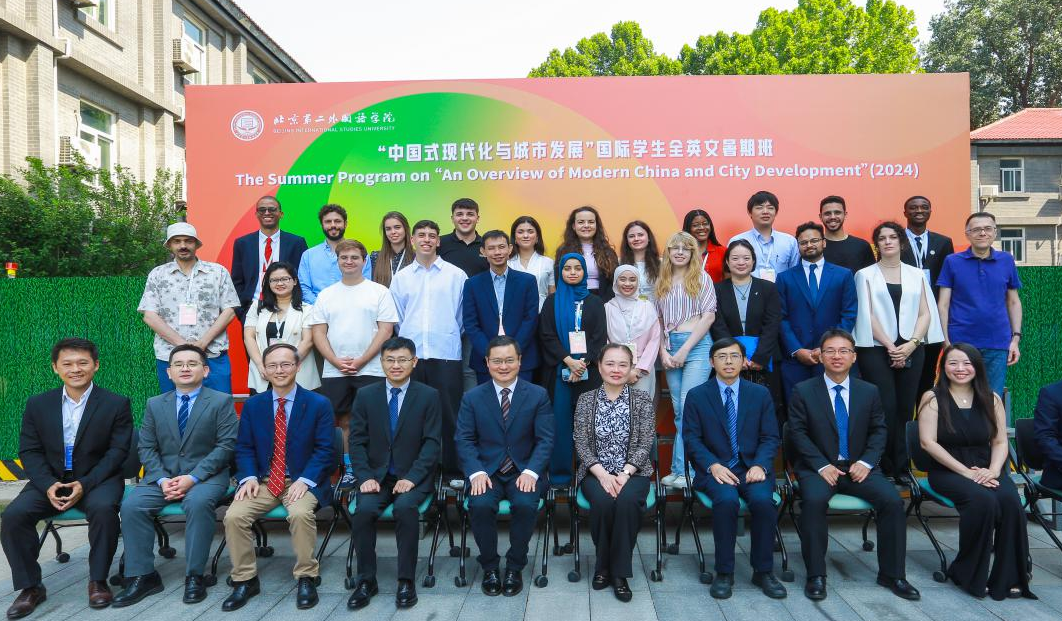
The course program included “Chinese Modernization and Political System”, “Introduction to Chinese Modernization and Urban Development”, and “Traditional China, Contemporary China, and Future China”. These elaborately-designed courses gave international participants an in-depth understanding of the theory and practice of Chinese modernization, as well as the remarkable transformation of the Beijing-Tianjin-Hebei region after decade-long coordinated development, giving them an authentic, multidimensional and all-round picture of Beijing and China. The participants expressed their appreciation for the chance to attend the training program in Beijing, and applauded the city’s impressive urban planning and development, its high-quality development in the new era, and in particular the remarkable achievements in the Beijing Municipal Administrative Center (BMC) and Xiong’an New Area.
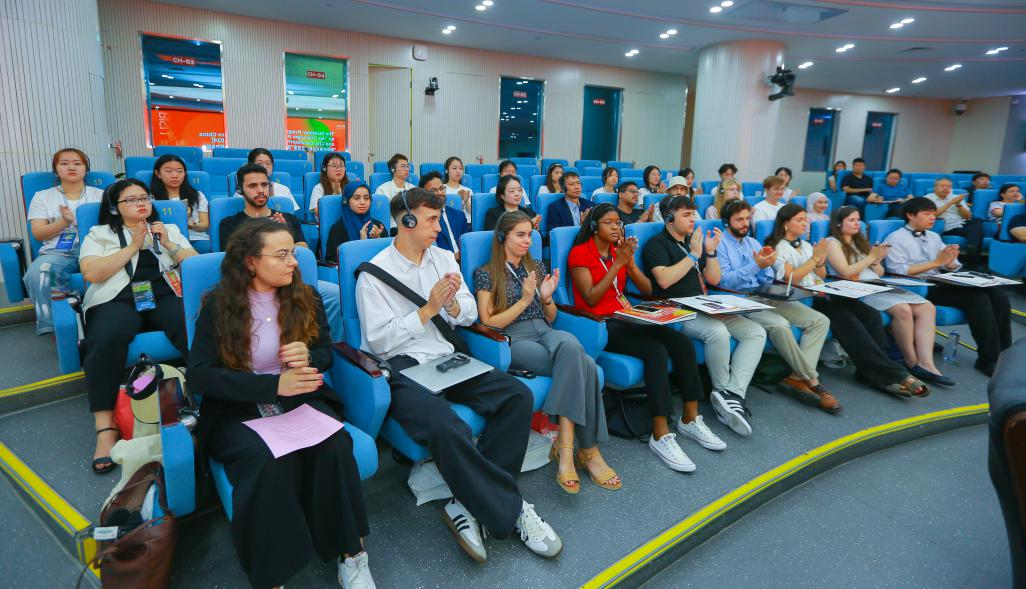
Learning about Beijing through the Central Axis
The first destination of the field trip was the Beijing Planning Exhibition Hall, where international participants toured thematic exhibitions on the protection of the historical and cultural city, achievements of the Beijing Municipal Master Plan (2016-2035), and coordinated development of the Beijing-Tianjin-Hebei region. These showcased Beijing’s resolve and determination to stick with the master plan, as well as its practice and achievements in “pursuing growth with reduced input”. Then the participants traveled further north along the Central Axis, visiting places like Sanlihe, Beijing Fun, Zhengyang Gate, and the Forbidden City, savoring the profound history and splendid culture of Beijing’s past and present.
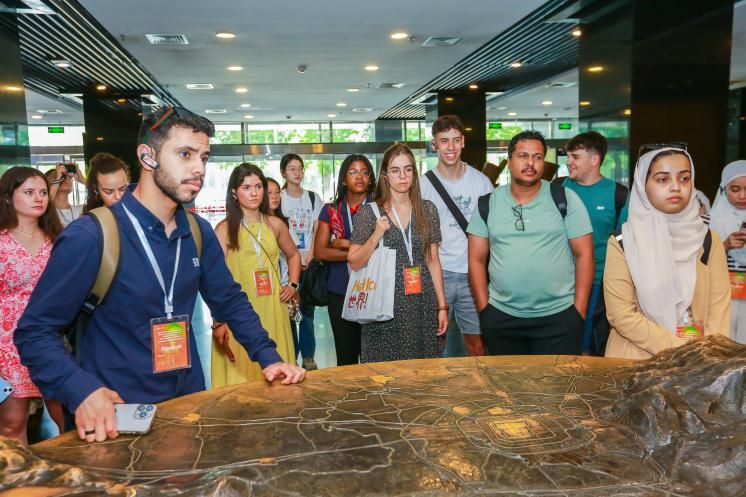

Witnessing the capital’s development of the BMC in the new era
Developing the BMC is a major strategic decision proposed and promoted by General Secretary Xi Jinping. As international participants gazed down upon the Canal Business District, a panoramic view unfolded, revealing the Grand Canal, the Randeng Pagoda, and the Eastern Sixth Ring Road. The three cultural landmarks, which include a library, a museum and a theater, were quite eye-opening. At the Beijing Library, which accommodates eight million books and 2,400 seats, international participants strolled through lines of books under a ginkgo canopy-shaped roof, and immersed themselves in this reading space. The vitality of the BMC was widely praised by the participants.
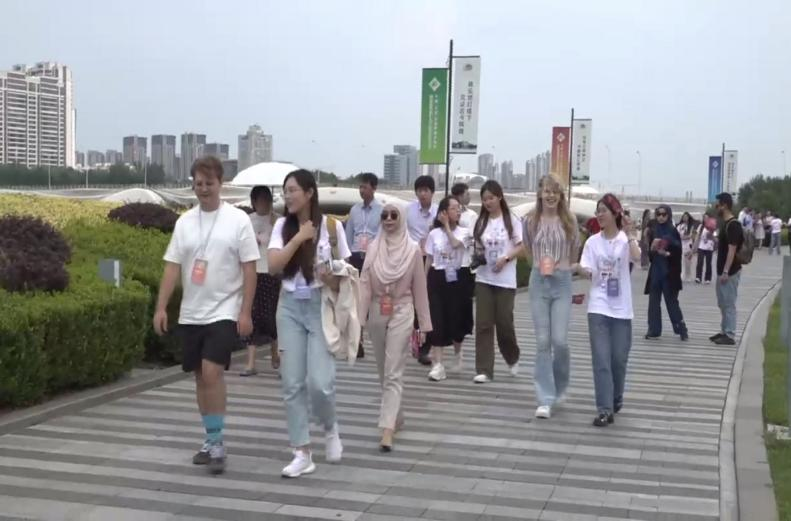
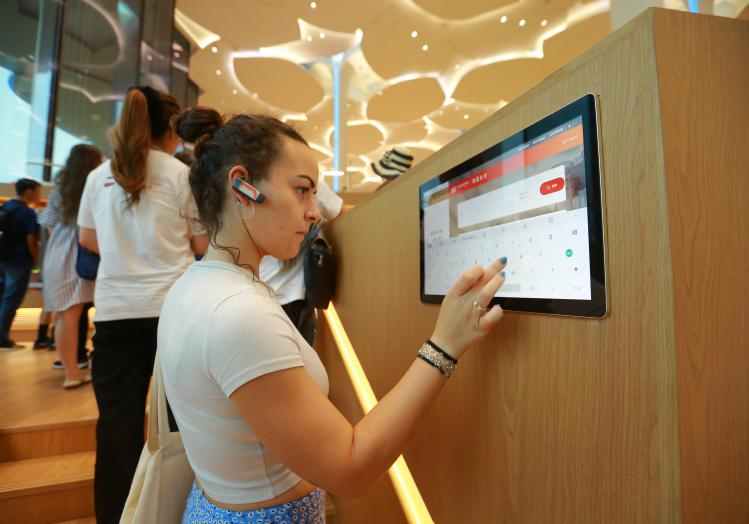
Experiencing Beijing-Tianjin-Hebei coordinated development through the “one-hour traffic circle” enabled by Beijing-Xiong’an expressway
Arriving at Xiong’an New Area via Beijing-Xiong’an expressway, international participants experienced the “one-hour traffic circle” between Beijing and Xiong’an. Viaducts make up 92% of the expressway’s Beijing section, where the spaces underneath have been restored as green areas, totaling over 1.1 million square meters. Impressed by this staggering figure, the participants took out their phones to capture the moments. In Xiong’an, they visited the Comprehensive Service Center of the Boot Area, Xiong’an Impression Exhibition Hall, and Jinhu Park, learning about more details of the overall planning, spatial layout, and architectural style of this beautiful area. They also explored the China Telecom Smart City Industrial Park, witnessing how sci-tech innovation accelerates the development of new quality productive forces and advances the development of smart cities.
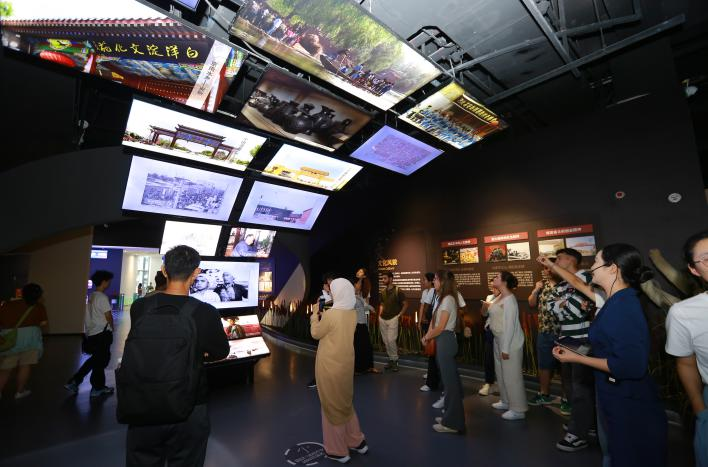

As the training program drew to a close, a foreign affairs official from Bangkok remarked, “The past two weeks were invaluable for me. The training, which covered various fields such as economy, technology, and culture, enabled me to understand why China could achieve such rapid development.”
Further Reading:
The training program has seen 13 editions since its debut in 2009, and has since offered training opportunities for nearly 200 officials and Chinese language teachers from Beijing’s sister cities. The program is widely recognized among Beijing’s sister cities.


